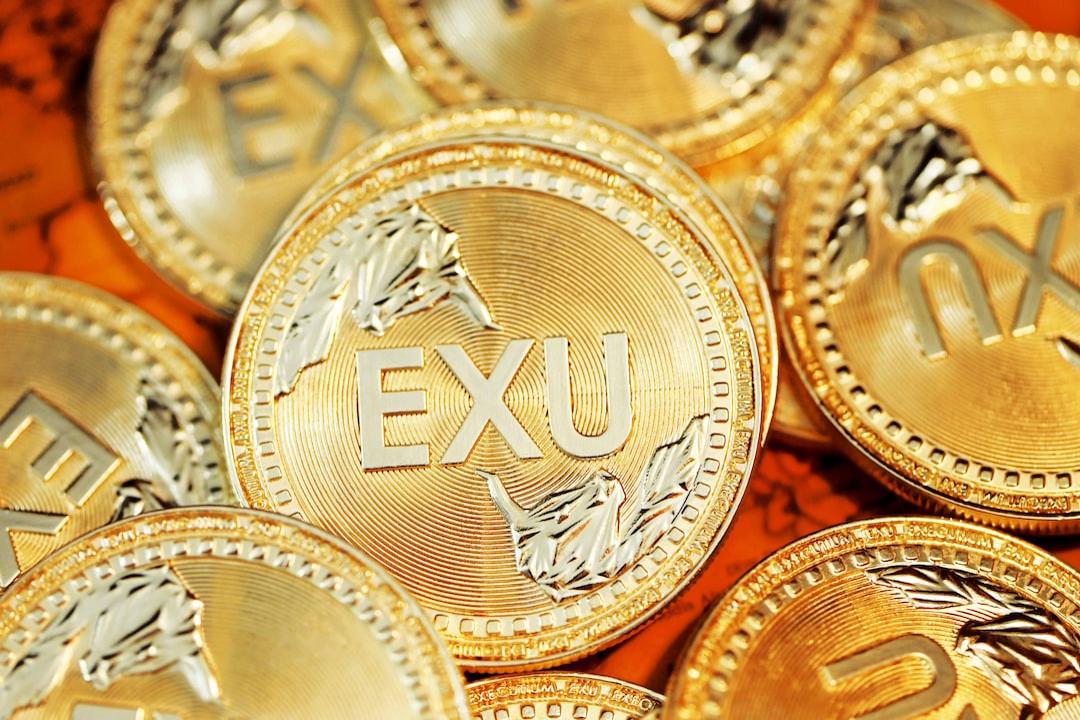U.S. spot Ethereum exchange-traded funds (ETFs) recorded $1.018 billion in net inflows on Aug. 11
The highest single-day total since they began trading in July 2024. The surge came as Bitcoin ETFs drew $178.1 million, showing a sharp contrast in investor demand between the two largest cryptocurrencies.
BlackRock’s ETHA ETF led the inflows with $639.8 million, followed by Fidelity’s FETH ETF at $276.9 million, according to data from Farside Investors. Other issuers, including VanEck and WisdomTree, saw smaller contributions. Total inflows for U.S.-listed Ethereum ETFs have now exceeded $10 billion since their launch.

Ethereum ETFs allow investors to buy shares that track the price of Ether (ETH) through regulated stock exchanges instead of holding the cryptocurrency directly. This approach avoids the need for digital wallets and private keys while still providing exposure to ETH’s price movements.
ETH Trading Volume Hits $2.7B as Futures Market Heats Up
On the same day, Ethereum ETF trading volume reached $2.725 billion, a sign of heavy market participation from both retail and institutional investors. Inflows measure the amount of new money entering funds, while trading volume shows how actively those funds are being bought and sold.
Ether’s spot price traded around $4,316 after the inflows, extending gains from earlier in the month. In the futures market, open interest climbed to $52.8 billion, close to its all-time high. Open interest measures the value of outstanding contracts and reflects the number of active positions being held by traders.

Blockchain data also shows an increase in large-holder activity. The number of addresses holding more than 10,000 ETH is now at its highest level in a year, suggesting accumulation among long-term investors.
What Led the Record ETH ETF Inflow?
Analysts point to several developments that may have encouraged the inflows. On Aug. 7, the U.S. Department of Labor issued guidance confirming that employers can offer cryptocurrency options, including Ethereum ETFs, within 401(k) retirement plans. A 401(k) is a tax-advantaged investment account where workers set aside part of their salary for retirement. Until now, most retirement plans only offered stocks, bonds, and mutual funds. With the new rule, plan administrators can add regulated crypto products like spot Ethereum ETFs as an investment choice. This gives large pools of retirement savings — worth trillions of dollars in the U.S. — a legal path to buy ETH through ETFs for the first time.
The U.S. Securities and Exchange Commission has also shown greater consistency in approving crypto-related ETFs, reducing uncertainty for institutional buyers.
On Aug. 11, asset manager NEOS filed for an “Ethereum High Income ETF,” adding to the growing range of ETH-based products. Ethereum’s staking feature, which offers rewards for helping secure the network, is another factor attracting yield-focused investors.

Ethereum ETF activity was also strong in other markets. In Hong Kong, the Huaxia Ethereum ETF recorded nearly HKD 50 million in trading volume, while Harvest and Bosera ETFs each handled between HKD 4.5 million and HKD 5.9 million. In Canada, Ethereum ETFs added US$16.5 million in inflows over the past week.

